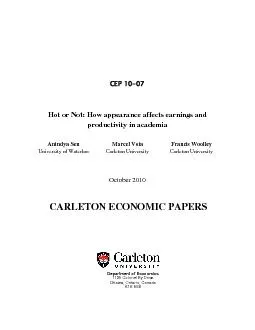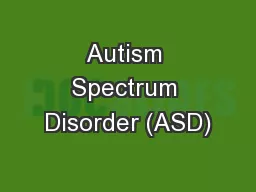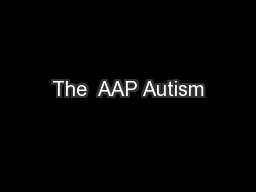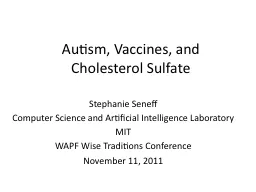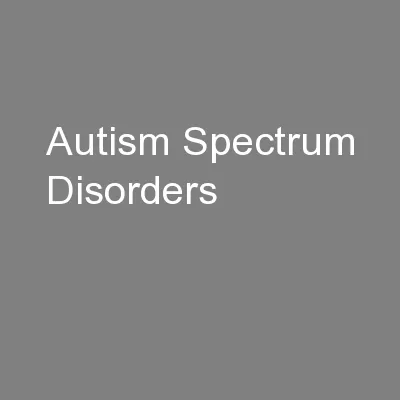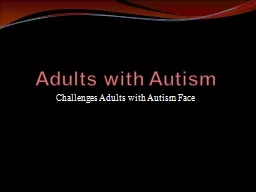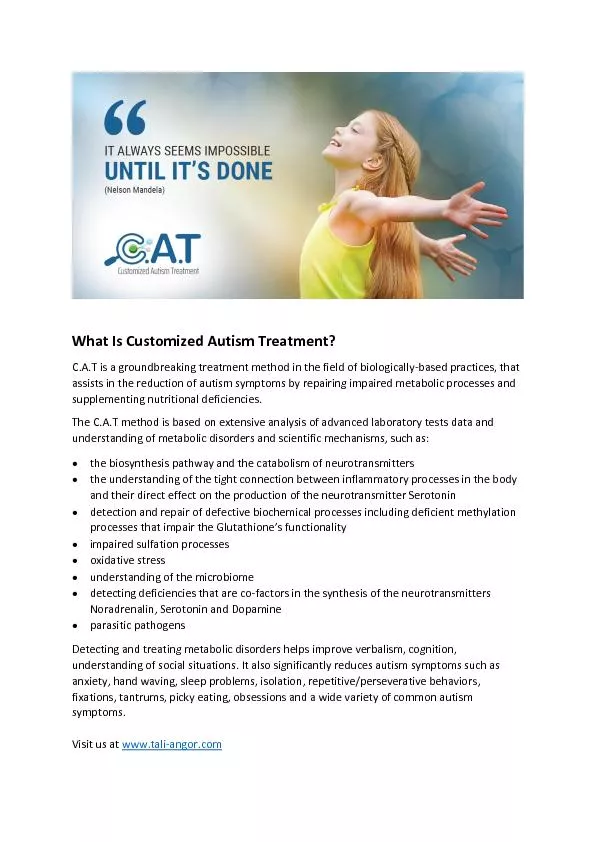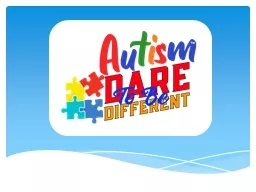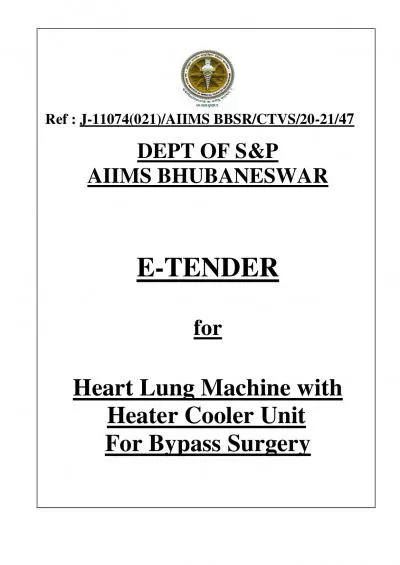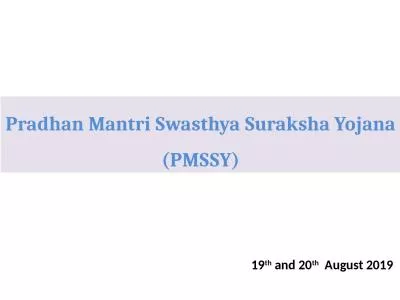PPT-Autism Dr. Anindya Das AIIMS Rishikesh
Author : jovita | Published Date : 2022-06-08
Learning Objectives Language development in children Autistic spectrum disorders Defining features Co occurring conditions Management amp outcome Language Development
Presentation Embed Code
Download Presentation
Download Presentation The PPT/PDF document "Autism Dr. Anindya Das AIIMS Rishikesh" is the property of its rightful owner. Permission is granted to download and print the materials on this website for personal, non-commercial use only, and to display it on your personal computer provided you do not modify the materials and that you retain all copyright notices contained in the materials. By downloading content from our website, you accept the terms of this agreement.
Autism Dr. Anindya Das AIIMS Rishikesh: Transcript
Download Rules Of Document
"Autism Dr. Anindya Das AIIMS Rishikesh"The content belongs to its owner. You may download and print it for personal use, without modification, and keep all copyright notices. By downloading, you agree to these terms.
Related Documents


